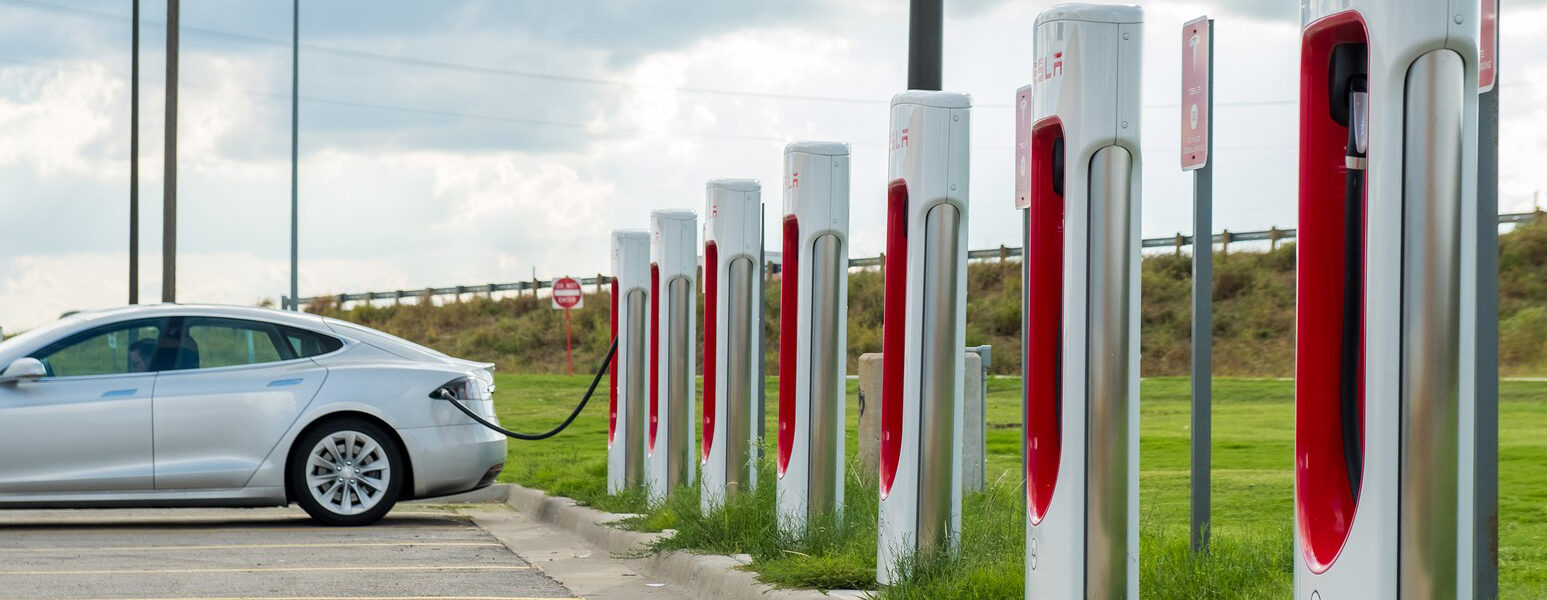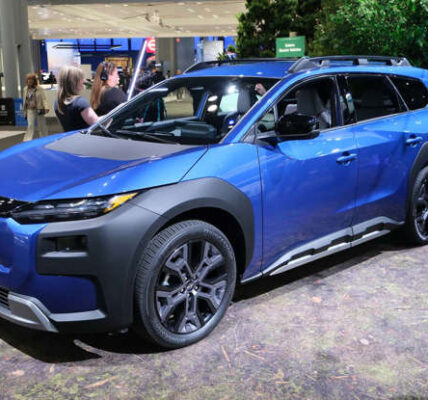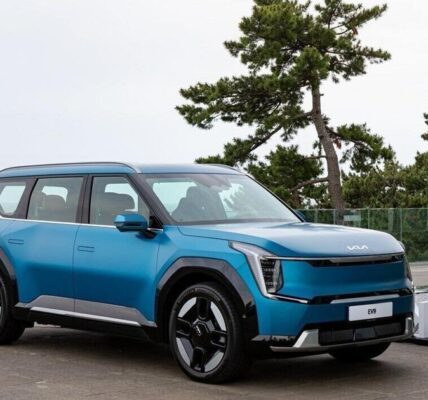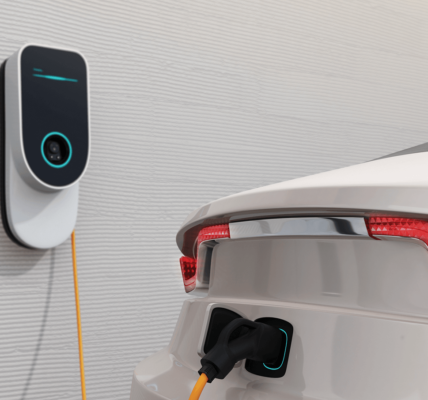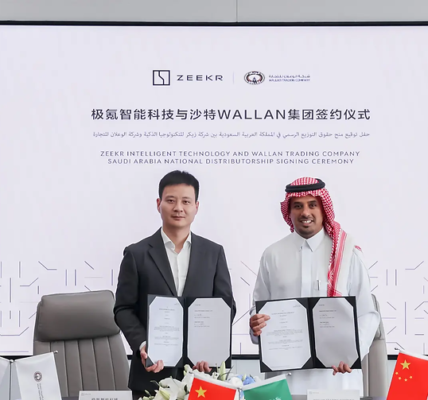The global electric vehicle charging stations market is expected to grow from $4.03 billion in 2021 to $5.40 billion in 2022 at a compound annual growth rate (CAGR) of 34.1%. The market is expected to reach $17.85 billion in 2026 at a CAGR of 34.9%.
Increasing tax incentives and subsidies given to local automakers to produce electric vehicles are driving the demand for the electric vehicle (EV) charging station market. Tax incentives and subsidies to the electric vehicle makers are encouraging automakers to make more Electric vehicles which will generate more demand for EV charging stations. China’s subsidy policy caused a 53% increase in the manufacture and sale of electric vehicles in the country. Electric vehicle sales in China were almost four times the numbers sold in the USA, the growth in sales in China is majorly attributed to the subsidy policies and tax incentives given by the Chinese government.
The limited range of electric vehicles is hindering the Electric vehicle (EV) charging stations market growth. Electric vehicles have a limited range as compared to traditional internal combustion engine vehicles due to their limited battery capacity. Electric vehicles can’t be used in the case of long-distance travel, which causes the slow growth of electric vehicles. A survey conducted by BBC involves a sample of 10,293 drivers out of which 76% of the drivers said that a single-charge electric vehicle can’t travel long distances.
Companies in the industry are increasingly offering ultra-quick charging capabilities of the direct current (DC) to aid performance optimization and ultra-fast charge. The ultra-quick charging technologies of direct current (DC) are used in electric vehicle charging stations to transfer current to electric vehicles through DC. DC fast charging or level 3 charging is capable of charging 80% of the electric vehicle battery within 20 minutes.
DC fast charging stations with ultra-quick technology provide a high-power DC current of up to 120 kW directly into the vehicle’s battery without passing through any onboard AC/DC converter. The necessary conversion from AC to DC by a convertor done in case of the AC charging process can be eliminated. In March 2019, Tesla an American automotive and energy company launched the next-generation supercharger V3 with a higher charging capacity (250kW). Greenlots, an electric transportation company, has set plans to deploy 9 DC Fast charging stations across Central Washington. Electrify America, an electric vehicle charging network company, installed its first DC Faster charger in Massachusetts, USA and is planning to invest $500 million to outfit the electric charging stations in 484 locations with 2000 DC fast chargers.


